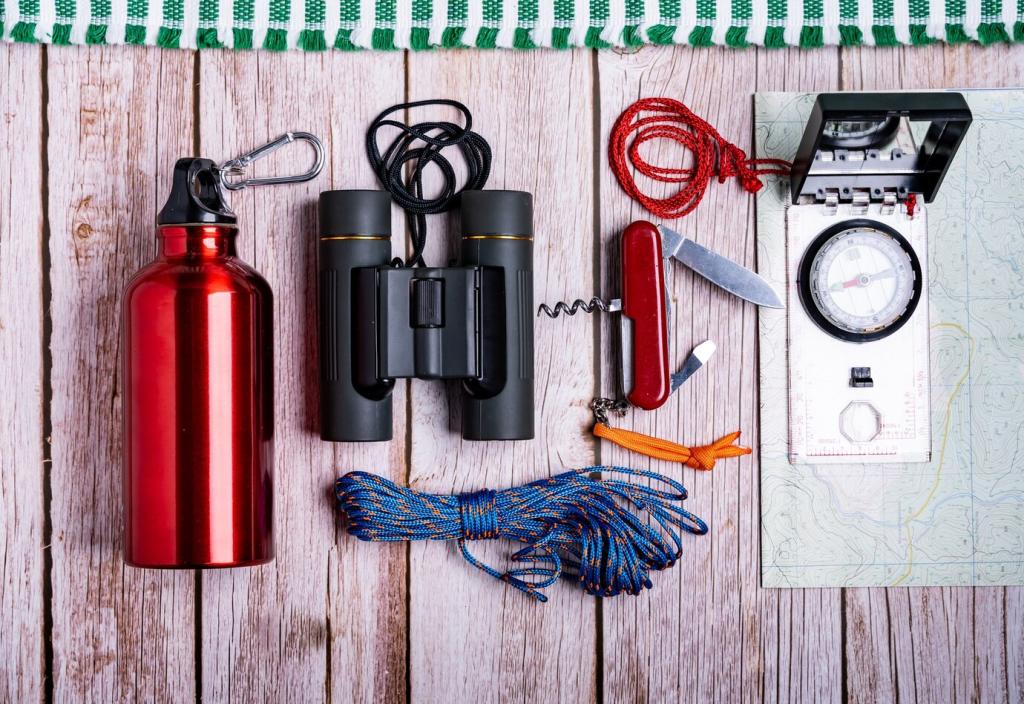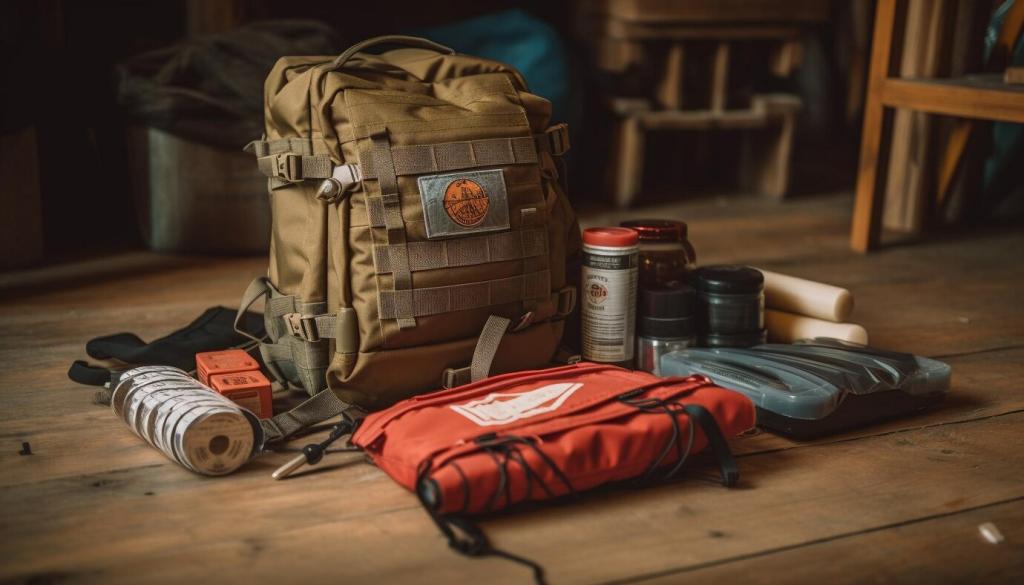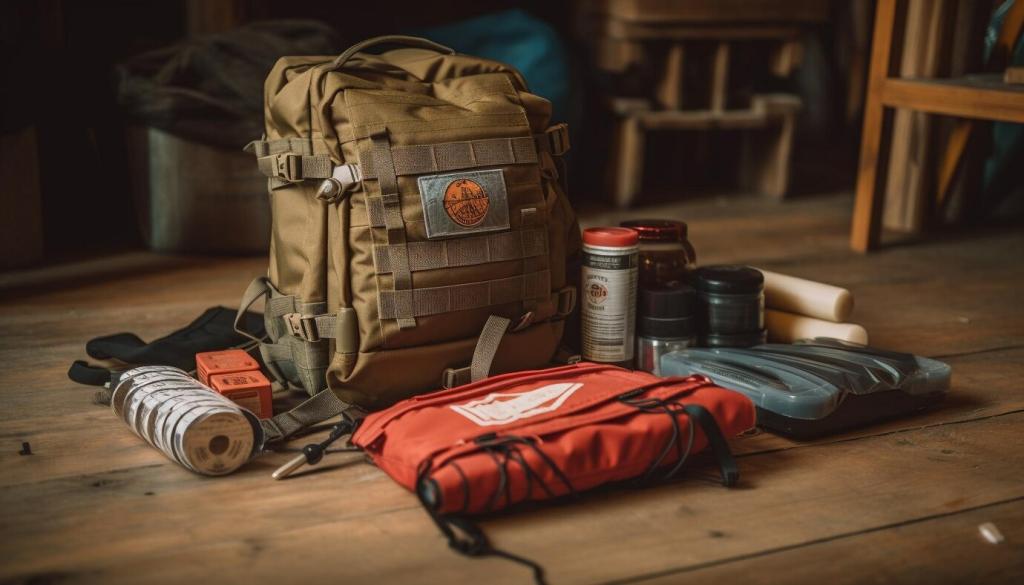Packing Smarter: Backpacks and Organization
Look for a supportive frame, easy-access side pockets, and external lash points for snowshoes. A slightly larger volume accommodates bulky insulation without over-compressing it. What pack capacity hits your sweet spot for daylong winter ridge walks?
Packing Smarter: Backpacks and Organization
Color-coded dry bags organize gloves, hats, and electronics, while a top pouch stashes snacks and a headlamp. Keep traction near the top for rapid transitions. How do you arrange quick-grab layers so you never dig for a wind shell mid-squall?



